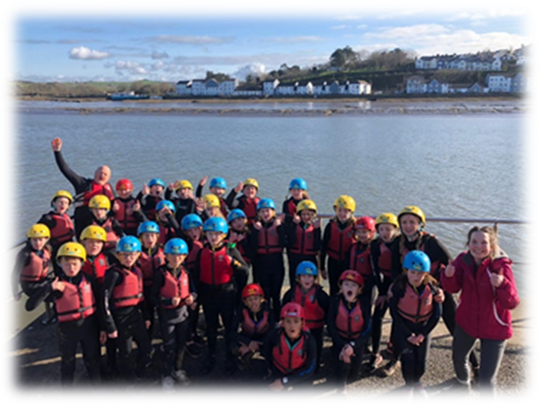School History
Paulton Schools have served the local community for well over 100 years, the Junior School moving to its present site in 1972 and the adjacent Infant School two years later. Paulton Junior School enjoys extensive grounds comprising a playing field, a wooded Playscape and surfaced play areas. Throughout the year, the pupils utilise the outdoor space and local area to support their studies. A covered heated swimming pool is situated next to the site and all children have swimming lessons throughout the year.
Paulton Infants' School is part of The Partnership Trust and Paulton Junior School is a maintained school under the Bath and North East Somerset Local Authority. Each school has its own Headteacher and Governing Body. The Governors and staff at both schools are totally committed to the notion of education as a continuum - beginning at home and progressing from phase to phase, with planned transition. Both schools are committed to liaise with each other to ensure the best outcomes for our children. The Infant School fosters strong links with home and local playgroups. The Junior School liaises with all local secondary schools and special schools.
Paulton Junior School works collaboratively with the other maintained schools within B&NES as The BMS Hub. The headteachers and staff work together on shared priorities, training and educational initiatives. It is a very supportive and productive network which promotes school improvement and positive outcomes for all children.
The Junior School caters for 360 children between the ages of seven and eleven (Key Stage 2 - Year 3, Year 4, Year 5, Year 6). The school is currently divided into 10 classes.
Children transfer to Secondary Education in the September following their eleventh birthday. Details regarding this transfer are sent out during the final year at Junior School. Children usually go on to Somervale, Norton Hill or Writhlington Secondary Schools.
The admission level for the Junior School is 90. Class sizes presently vary between 22 and 26 depending on the size of the year group. Infant classes do not exceed 30 at any time.
The time spent on teaching during a normal week is 23 hours 30 minutes for junior-aged children. For infant aged children the teaching time is 22 hours. This excludes Collective Worship, registrations and break times.


